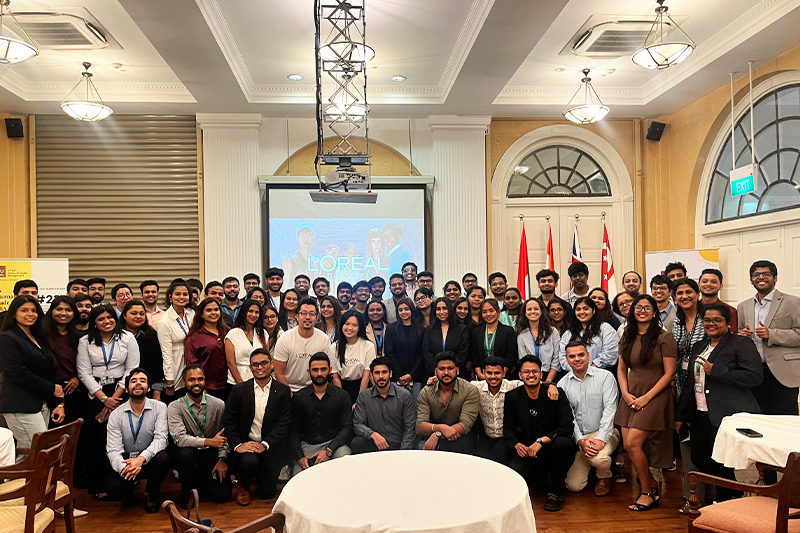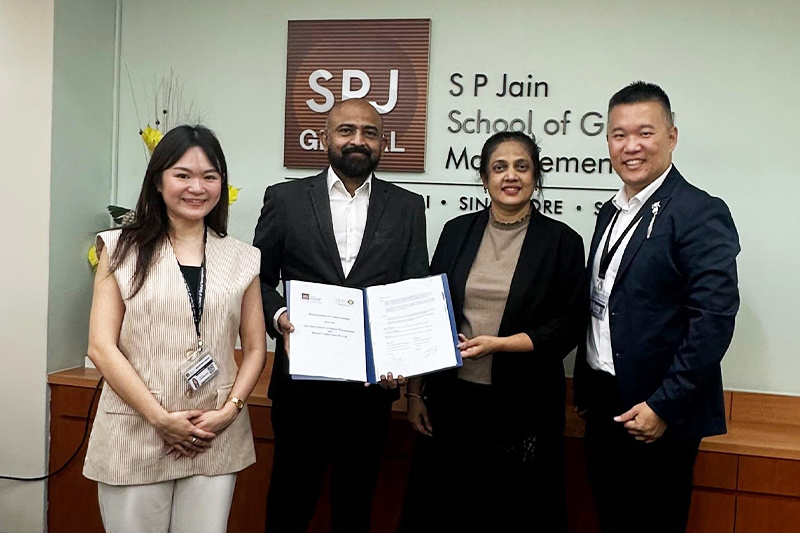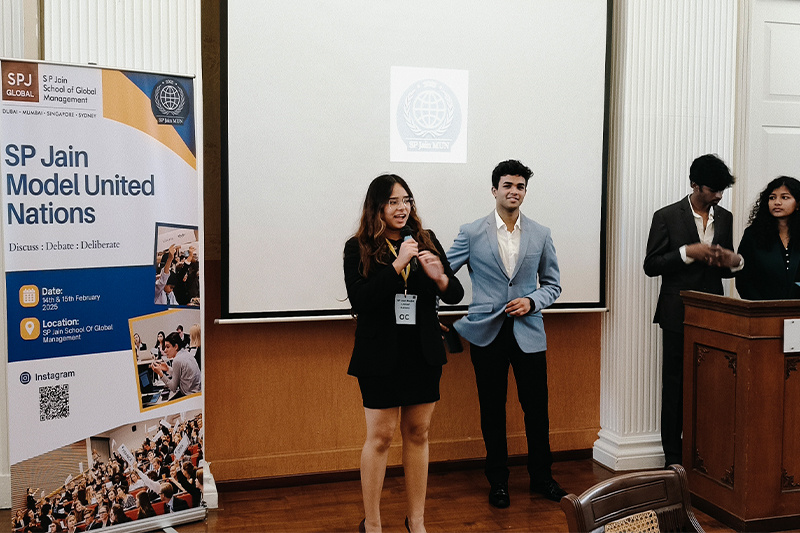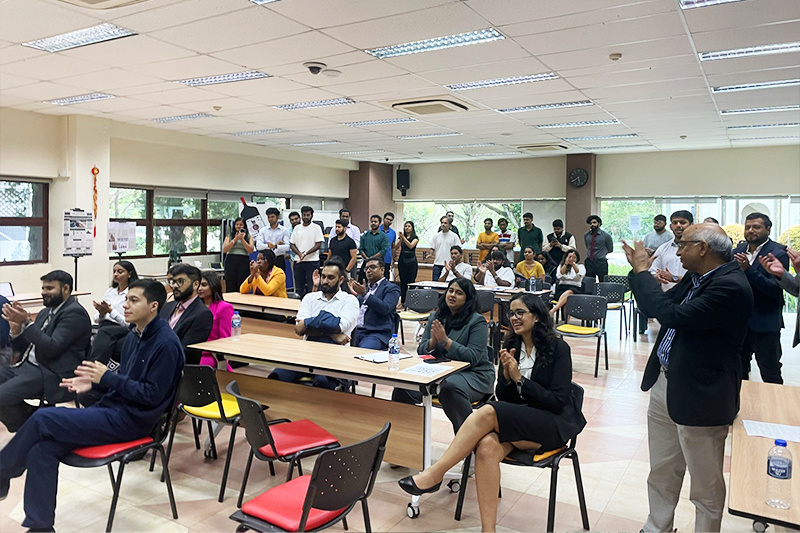
S P Jain School of Global Management, Singapore Campus had the honour to have Mr. Jose Isidro N. (Lito), Managing Director of Credit Suisse, as the guest speaker. The session, organised by the Corporate Relations team, discusses about the five big megatrends that is occurring today in Asia.
S P Jain School of Global Management, Singapore Campus had the honour to have Mr. Jose Isidro N. (Lito), Managing Director of Credit Suisse, as the guest speaker. The session, organised by the Corporate Relations team, discusses about the five big megatrends that is occurring today in Asia.
The five megatrends mentioned happening within Asia were – the increase of consumer power, urbanisation of Asia, creation of better infrastructure, the emergence of Asia rich population and Asian companies
The Five Megatrends in Asia
Increase of consumer power
Today’s consumer market in emerging economies is progressing more rapidly than that in developed economies. The USA is no longer the main consumer market an entrepreneur should target to start a new venture. Asia is soon becoming the largest consumer market in the world with China being the biggest component. For example, statistics show that supermarket sales are already larger in China alone than in the USA. The phrase “Made in China” or “Made in Asia” are the three most commonly used words in the world today but will soon be replaced by “Consumed in Asia”. The trade-driven market is now moving towards service driven market.
Urbanisation of Asia
Asia’s urbanisation may only be beginning despite almost 400 million people moving to its cities in the last two decades. USA and UK took 100yrs to urbanise while China and South East Asia moved swiftly towards urbanisation in just 20 years and India will soon follow. The exponential rate of urbanisation in emerging market has led to the growth of many sectors including real estate, retailing, telecommunications, travel, etc. and has also given rise to the third megatrend i.e. infrastructure
Creation of Better infrastructure
Reports show that in next 10 years, Asia will require about $7.7 trillion USD in infrastructure to catch up with standards of the rest of the world. Infrastructure is a significant boost to the GDP growth. It creates various business opportunities in financing, advisory, building supplies, technical services, etc. Moreover, governments in emerging economies is tapping the private sector to invest, operate and manage the infrastructure sector through various Public-Private Partnership models.
Emergence of Asian Rich Population
The trend of urbanisation and the long periods of high economic growth in these emerging markets have developed a large population of high and ultra-high net worth individuals. Reports say that China today has over 1,000,000 millionaires and this number is expected to double in the next five years. This development has led to the high demand for expensive luxury items like watches, wines, arts, and fashion. It has also created a demand for gaming, travel, and asset management as well as other financial services.
Emergence of Asian Multinationals and Brands
Brands and dominant companies in Asia is changing rapidly from western MNC’s and brands to Asian regional and global companies and brands. The Asian financial crises forced Asian companies to restructure and consolidate, raise more equity capital and deleverage, and expand beyond their home markets. Today, Asian companies are better equipped with capital and management resources to take on regional and global markets. Asian companies are now moving from “followers” to “leaders”.
Final Thoughts
In his speech, Mr. Camacho is positive that Asia will once again become the dominant economic region of the world as it was over two centuries ago. However, the region will also experience challenges and risks including geopolitical tensions. Such changes have become more evident over the last few years but will not derail the economic dominance over the world of the Asian economies.
About the Speaker
Jose Isidro N. (Lito) Camacho is a Managing Director of Credit Suisse, based in Singapore. He is the Vice Chairman for Asia Pacific and also the Country CEO for Credit Suisse Singapore.
Mr Camacho joined Credit Suisse in March 2005 after a distinguished career in government and international banking. He was appointed Secretary of Finance for the Philippines in 2001, a position he held until November 2003. As Secretary of Finance, Mr. Camacho led the country's economic team and supervised the fiscal and financial sectors.












